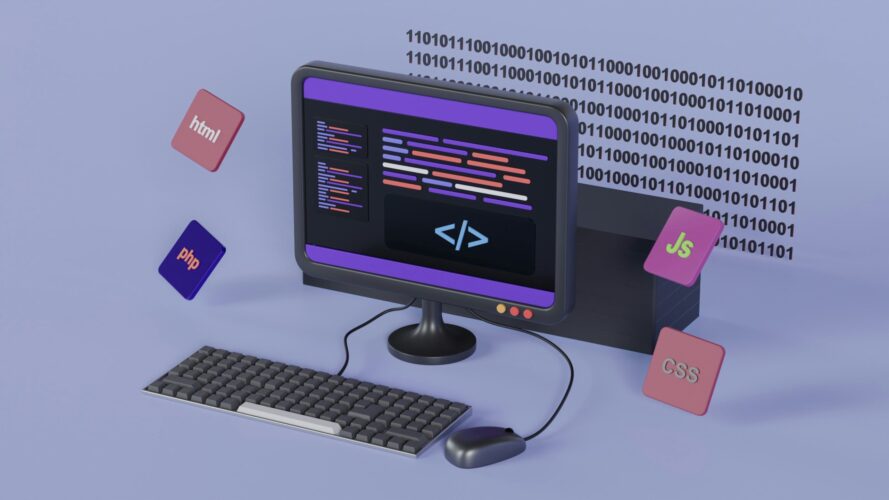It’s simple to assume that manual testing is going obsolete in the fast-paced world of automation, artificial intelligence, and continuous delivery that exists today. Yet, manual testing is still relevant and essential in the world of Salesforce, a highly configurable and dynamic CRM platform. For good reason, manual testing in Salesforce will never completely stop, even though automation speeds up the testing process.In this article we will discuss about “Why Manual Testing in Salesforce Will Never End?”
Salesforce Is Highly Configurable, and That’s the Challenge
There is no one-size-fits-all solution with Salesforce. Every company customizes its Salesforce instance to fit its own set of business procedures. Every organization acts differently, from custom objects and validation rules to complex workflows and user profiles.
Manual testers bring the human touch needed to validate these customizations. They are able to navigate edge cases, read requirements, and adjust to special configurations that automated programs might not anticipate. A manual tester has a deeper understanding of the nuances of a business-specific approval process than any automated technology.
Exploratory Testing Requires Human Intelligence
Manual testers excel in exploratory testing. Without a pre-written script, testers use their subject expertise, critical thinking, and intuition to find bugs that scripted automation could overlook while evaluating a new product or user flow.
Exploratory testing is very important in Salesforce, particularly during:
- Validation of new features
- User Acceptance Testing, or UAT
- Post-deployment checks
- Requirements that change quickly
Testers can spot inconsistencies in UI, unexpected field behaviors, or access-related issues simply by thinking like a user, something even the best automation framework cannot do on its own.
User Interface (UI) Testing Needs a Human Eye
Salesforce’s UI changes frequently, particularly during triannual updates. Only a human can evaluate the visual alignment, clarity, and user experience, even though automation can verify button clicks and field values.
For instance, an automation script may pass the test if a picklist is partially hidden or a page layout feels unclear, but a human tester will raise valid issues that affect usability in the real world.
Follow me on Linkedin
Not Everything Can or Should Be Automated
Not all test cases are worth automating, let’s face it. Tests that are run only once or change frequently don’t offer good ROI when automated. Manual Testing provides speed, adaptability, and flexibility, particularly during:
- Smoke testing
- Sanity checks after small fixes
- Ad hoc regression checks
- Cross-browser and responsive UI testing
In these situations, manual testing eliminates the need to maintain fragile automation scripts and saves time.
Role-Based Testing Is Better with Human Judgment
Salesforce uses permission sets, roles, and profiles to impose strict access controls. A feature may function flawlessly for an administrator but not for a regular user or member of the partner community.
By considering real-world scenarios, alternating users, and examining access limits, manual testers are better able to validate role-based access control (RBAC) than automated testers, although automation requires more effort and less context.
Business Analysts and Stakeholders Still Value Human Validation
Despite the rise in DevOps and automation,Business analysts, product owners, and clients still need manual testers to confirm features before sign-off. UAT cycles, demo validations, and pre-release testing often require a human touch to gain stakeholder confidence.
Salesforce Testing Demands Both, But Manual Will Stay
Scalability and efficiency, particularly in regression and performance testing, depend heavily on automation. However, manual testing still offers deep product knowledge, flexibility, and contextual understanding. The two approaches aren’t enemies actually they’re partners.
Every Salesforce project benefits greatly from the contributions of manual testers who are knowledgeable about the industry, ask insightful questions, and think beyond the script.
Conclusion
Salesforce will always use manual testing, even as the world shifts to automation-first testing strategies. Because of its requirement for flexibility, human judgment, and exploratory thinking, manual testers continue to be essential to providing a superior, user-friendly Salesforce experience.
The tools may evolve, but the role of a thoughtful, detail-oriented manual tester will always remain timeless.
Follow me on Linkedin

